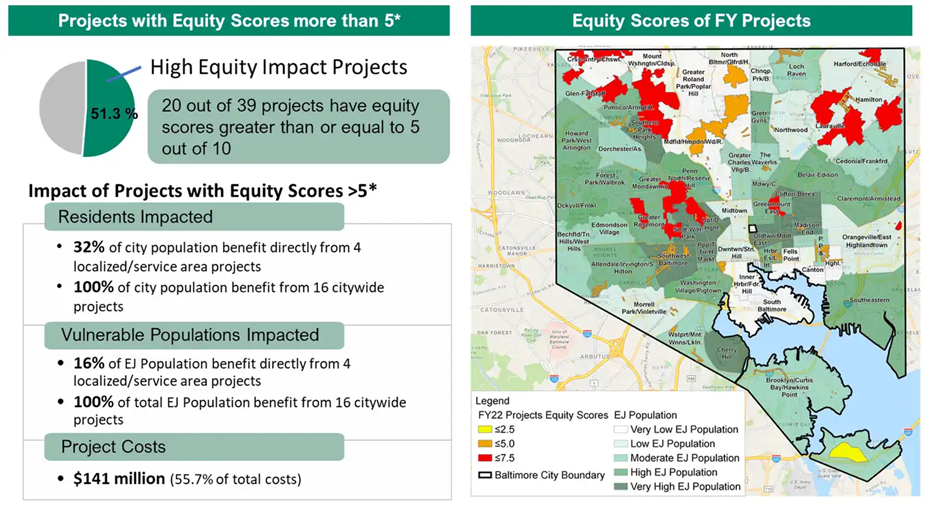Building for the future: integrating social value
Data-driven tools and stakeholder engagement are essential in designing and executing infrastructure projects that consider social impacts, and foster inclusive and sustainable development.
Infrastructure is often key to getting economies back on their feet. In selecting projects, though, decision makers should not lose sight of social objectives. Social benefits are typically quantified through the number of jobs created, start-up industries spawned or increases in productivity. Social value, on the other hand, is defined as a broader understanding of value. It moves beyond using money as the main indicator of value, instead focusing on how a project impacts the lives of people.
Taking an equitable approach
Our industry can play an advocacy role by focusing attention on projects that incorporate social values thinking — from the design and planning stages through to delivery. Social equity is essential in helping disadvantaged individuals improve their lives. It is no good providing benefits to those who already are privileged and leaving underprivileged communities behind.
Getting good data is critical to generate the right social outcomes. We have developed the Equity-based Capital Planning Tool, a project tool that incorporates social, environmental, economic, and operational criteria. This tool also uses a data-driven methodology to capture spatial and demographic context for infrastructure projects, ensuring disadvantaged communities can co-benefit from investment.
Case study: Baltimore Department of Public Works, Maryland, United States
To illustrate how our Equity-based Capital Planning Tool is used in practice, we are supporting the Baltimore Department of Public Works in determining which projects should move forward. Our framework and web-based tool evaluates public projects based on a comprehensive quadruple-bottom-line “equity lens” that examines structural, distributional, procedural, and transgenerational dimensions of equity to provide a standardized way to select and bundle projects for the Department of Public Works Capital Investment Plan.
At project initiation, the tool calculates the statistics within the project area and displays aggregated data such as percentages of disadvantaged and/or minority populations within the project area. This enables the City to evaluate multiple locations. Each potential infrastructure project receives a scorecard for project performance, equity (including alignment within the Federal Government’s Justice40 Initiative) and combined performance and equity to help the City prioritize and make equitable infrastructure investment choices. Outcomes of the project include improved visibility and impact of equity in decision-making, more comprehensive equity considerations and enhanced equity analysis and insights.

Gaining buy-in from stakeholders
Stakeholder engagement is crucial to creating social value and this input needs to be incorporated in designs to achieve positive social outcomes. Our proprietary software, PlanEngage, facilitates two-way stakeholder engagement by visualizing what planned infrastructure will look like, how it relates to its environment, and how effectively stakeholders’ needs are addressed.
By using real-time visualization, designs can be clearly communicated from walkthroughs to virtual simulations providing immersive experiences, rather than simply confronting stakeholders with a proposal. Stakeholders can interact with designs, thereby enabling co-creation that reduces the risk of rejection and rework, and which helps to lower costs and maintain schedules.

We all have a role to play
To ensure infrastructure projects truly benefit society as a whole – and not just a select few – it is important to consider the following:
- There is a need to rethink infrastructure from a social value perspective. Meeting society’s needs is not just about physical needs, there are mental and emotional aspirations that can be uplifted with the right infrastructure design.
- Infrastructure should be designed with the well-being of users in mind. There are economic savings as well as social value benefits through well-designed and economically structured infrastructure that meets specific user needs.
- The responsibility for change lies not just in the hands of a few, but among many whose roles are to respect the rights of all and to help when needed. Infrastructure should take social justice and equity into account so that social value is evenly distributed.






